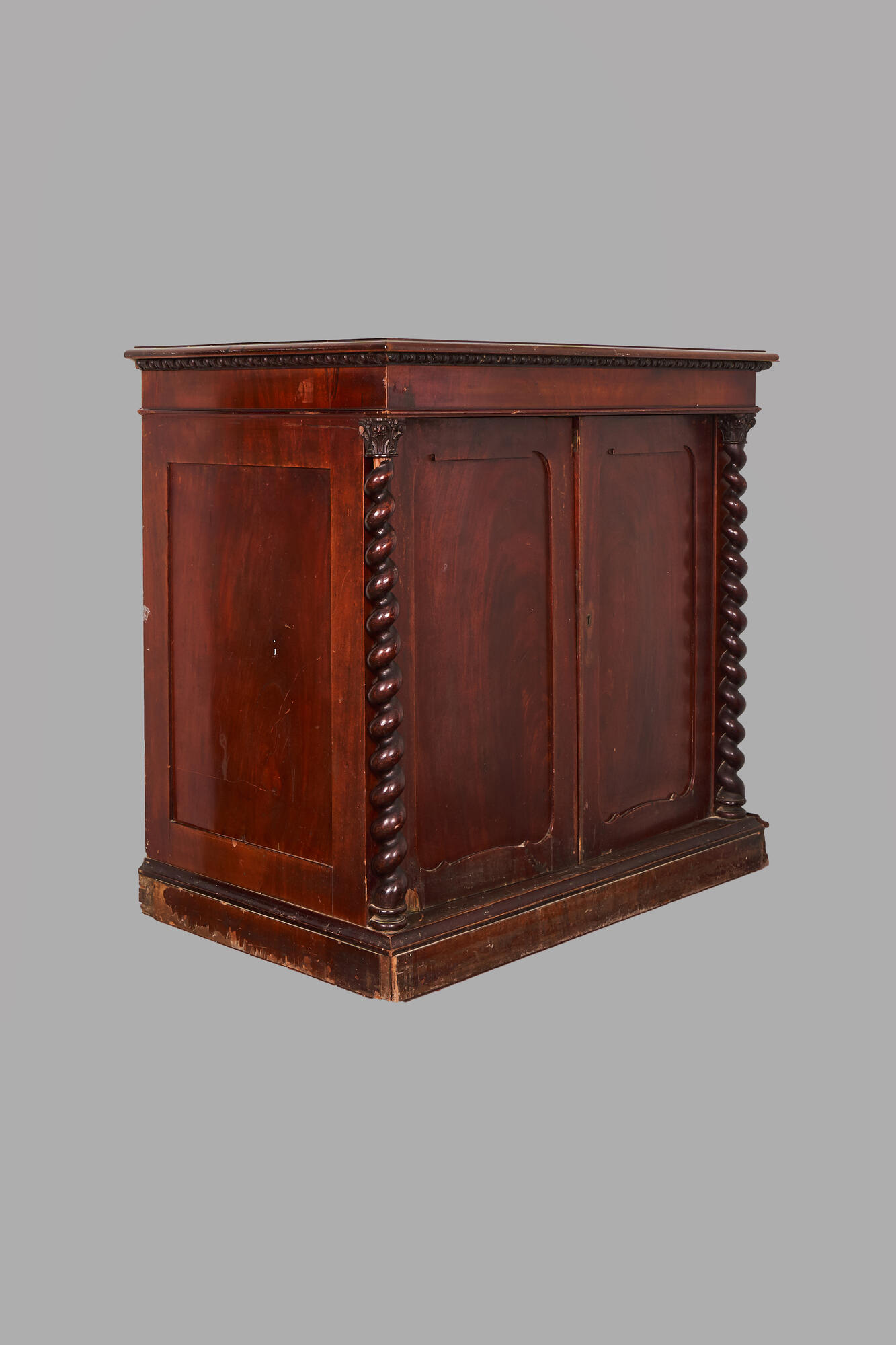Throughout the history of its existence, the chest of drawers has changed its design many times. Once it was a modest and practical “bachelor’s chest” with unpretentious decoration, an obligatory box for writing materials and a folding board, which turned the chest into a writing desk. Then suddenly it became almost an architectural structure with a complex curved pediment, painted drawer panels and high legs — this design was first created by English craftsmen and soon became popular in America. In addition to the bombe chest, the French invented a narrow seminar chest, which perfectly fit into any corner and was “stuffed” with seven drawers. This creation was intended for the distribution of linen and clothing by day of the week. The era of Napoleon’s military campaigns gave the world the design of a Spartan camping chest of drawers, which could be decomposed into two separately transported boxes: the legs were unscrewed from the base and did not hinder the transportation. In the era of Classicism and Empire, dressers became more functional, leading to the restrained decor and geometric clarity of the contours. The forms of the right parallelepiped, semicircular or semi-oval facades prevailed.
The chest of drawers from the furniture collection of the Novorossiysk Historical Museum-Reserve belonged to Valentin Silvievich Danini, who was the chief architect of Novorossiysk from 1944 to 1954. The chest was purchased from his niece E.S. Kvashnina-Samarina. Valentin Danini was born in Tsarskoe Selo on April 17, 1900. His father Silvio Danini was also an architect. In 1943, Danini moved to Novorossiysk to rebuild the ruined city. Valentin Silvievich was elected a deputy of the City Council of Workers twice — in 1947 and in 1950. From 1954 to 1973, Danini taught architecture, industrial and civil engineering at educational institutions in Novorossiysk.
This wooden chest of drawers has a strict rectangular shape. It is covered with reddish veneer and has two lockable doors. The sides of the chest and the doors are paneled. The chest stands on a small pedestal.
The chest of drawers from the furniture collection of the Novorossiysk Historical Museum-Reserve belonged to Valentin Silvievich Danini, who was the chief architect of Novorossiysk from 1944 to 1954. The chest was purchased from his niece E.S. Kvashnina-Samarina. Valentin Danini was born in Tsarskoe Selo on April 17, 1900. His father Silvio Danini was also an architect. In 1943, Danini moved to Novorossiysk to rebuild the ruined city. Valentin Silvievich was elected a deputy of the City Council of Workers twice — in 1947 and in 1950. From 1954 to 1973, Danini taught architecture, industrial and civil engineering at educational institutions in Novorossiysk.
This wooden chest of drawers has a strict rectangular shape. It is covered with reddish veneer and has two lockable doors. The sides of the chest and the doors are paneled. The chest stands on a small pedestal.


